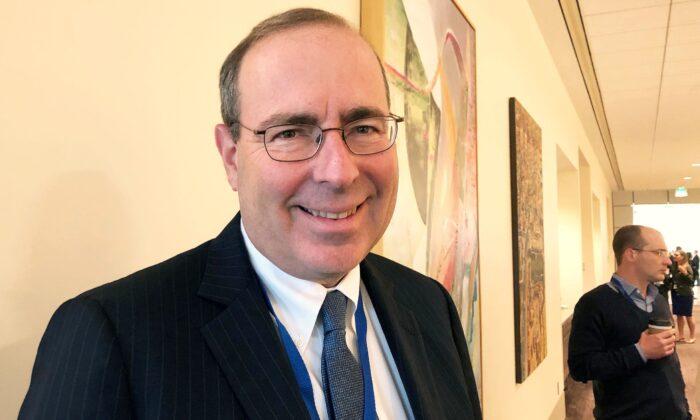CHARLOTTE, N.C.—The U.S. economy is slowing as consumers are buffeted by inflation and pandemic-driven demand for goods returns to more normal levels, Richmond Federal Reserve president Thomas Barkin said on Tuesday.
“I definitely see signs of softening,” Barkin said, with the evidence “most pronounced in lower income households” and in parts of the economy that saw demand surge during the pandemic.
While hiring remains strong, Barkin said he was still trying to determine if that is driven by underlying economic strength, or employers scarred by earlier hiring difficulties and determined to stockpile workers.
The Fed is undertaking one of its fastest-ever shifts in monetary policy in an effort to control inflation at its highest level in forty years. Barkin said he expected another higher number when consumer price data for June is released on Wednesday morning.
Barkin said he was confident the central bank would ultimately bring inflation back to the Fed’s formal 2 percent target—it is currently three to four times that depending on the measure used—but the fight could be a long one.
“I expect inflation to come down but not immediately, not suddenly, and not predictably,” he said. ”My expectations are it will be a slower path rather than an immediate path down to 2 percent.”
Fed rate increases so far have intensified concern that the central bank’s actions could push the economy into recession. Policymakers approved a 0.75 percentage point rate increase at their meeting in June— larger than the usual quarter point increment—and are expected to approve another such increase later this month.
Barkin said it was possible the United States could skirt a downturn, but that would hinge on the degree to which controlling inflation required “demand destruction” in the economy, as opposed to improvements in labor supply and global commodity prices that hold down prices without requiring slower growth.





